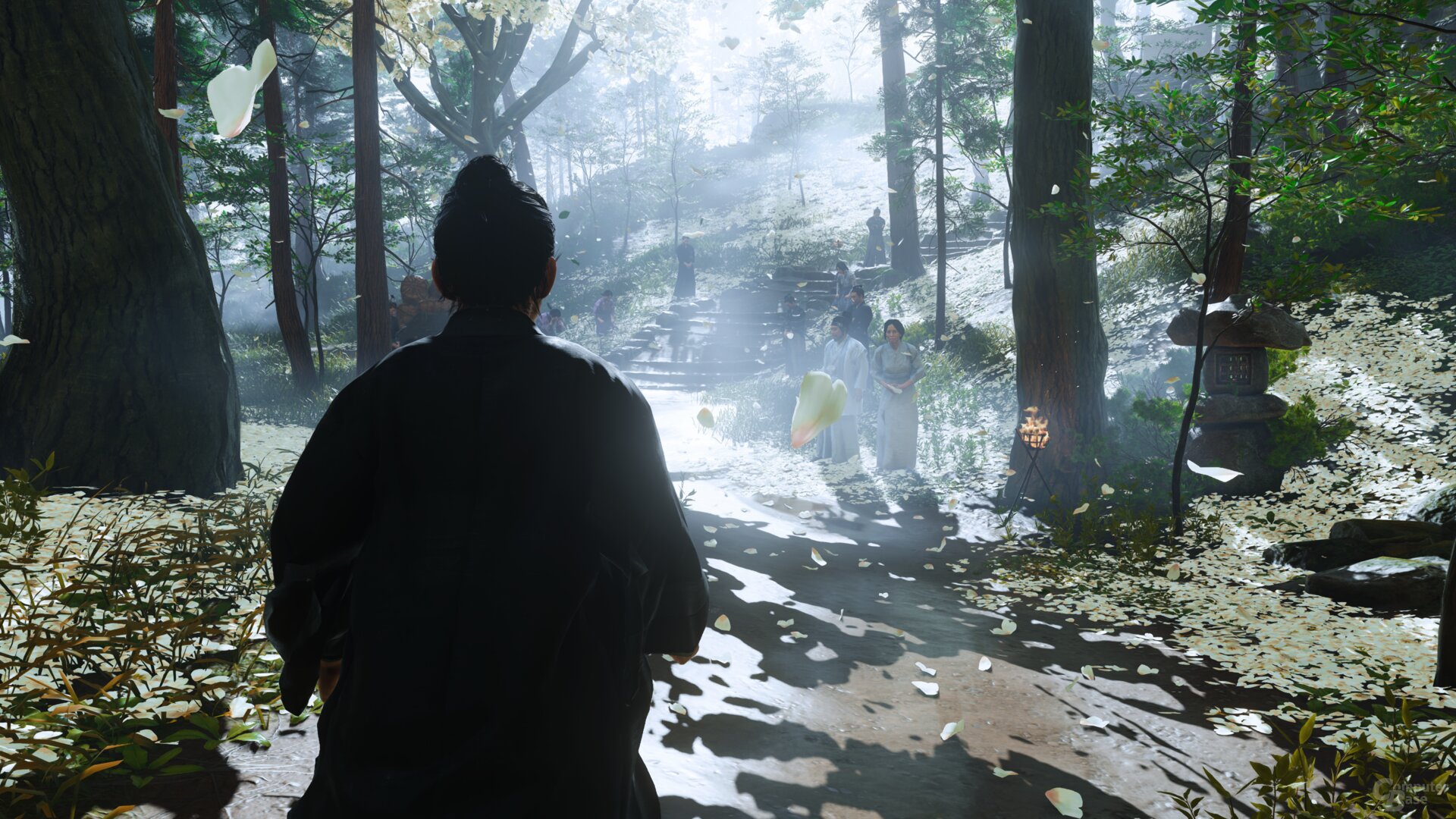In another post you mentioned Ghosts of Tsushima using custom BRDF among some other things to implement a form of indirect lighting. I don’t recall the lighting differentiating itself from other open world games of the time. Is there any real world benefit to their unique approach?There's more to graphics technology than just ray tracing. Modern Sony games have very creative ideas about graphics programming, GPU driven rendering, shading pipelines, unique BRDF models, ad hoc approaches to indirect lighting and some of those problem spaces that can't easily be brute forced with more powerful hardware or 'solved' with ray tracing ...
Last edited:



